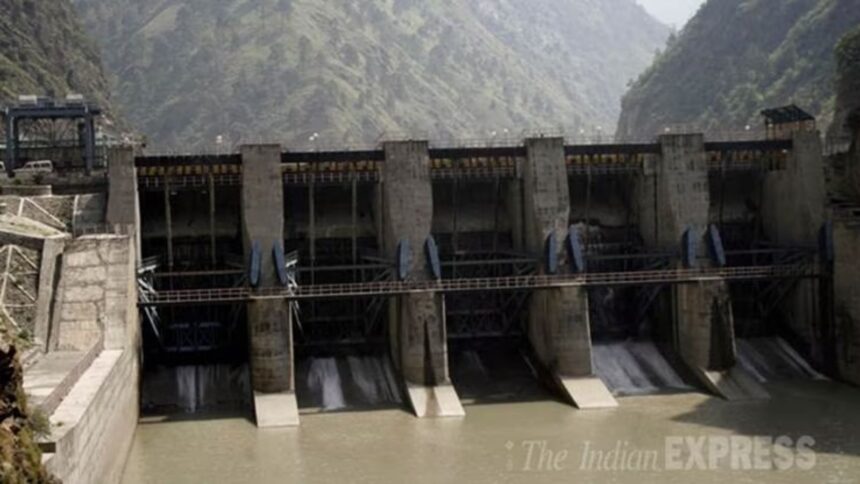Three players—Greenko, Adani Green, and JSW Energy—are set to develop nearly two-thirds of India’s planned 51 gigawatt (GW) pumped storage hydropower capacity by 2032, according to new data from the Central Electricity Authority (CEA). Of the total capacity expected to come online, over half—57 per cent—will be located in Andhra Pradesh and Maharashtra.
Together with battery energy storage systems (BESS), pumped storage is set to play a key role in balancing India’s power grid amid increasing integration of variable renewable capacities like solar and wind.
Pumped storage projects typically use two reservoirs at different elevations. During periods of low demand, solar power is used to pump water from the lower to the upper reservoir. This water is released back down to generate electricity during periods of high demand in non-solar hours.
At present, India has less than 5 GW of installed pumped storage capacity, and plans to increase it over tenfold by 2032. The CEA expects 39 projects to get commissioned by then, totalling 51.24 GW. Around 10 GW is currently under construction, including 3 GW slated for commissioning in the current financial year.
These projects were either self-identified by private developers, awarded through competitive bidding, or allotted to public sector enterprises.
Of the total pipeline, -based Greenko Group is set to develop 13.2 GW (25 per cent), Adani Green 11.4 GW (22 per cent), and JSW Energy 7.7 GW (15 per cent), according to data with the CEA.
The above companies did not respond to requests for comment.
Greenko, which currently has a small portfolio of run-of-river hydroelectric projects, will commission its first 1,680 MW pumped storage project in Pinnapuram, Andhra Pradesh in September this year.
In an earnings call on April 29, Adani Green executives said the company is “all set for gigawatt capacities” in pumped storage.
Stressing on the economic case for storage projects, Raj Kumar Jain, head of business development, said, “The IRRs (internal rate of return) are better than what you get in a normal plain vanilla solar or wind project by close to couple of percentage points.”
In an earlier call, executives said pumped storage is the “next frontier for a higher return portfolio”. Adani Green’s first 500 megawatt (MW) project, located near the Chitravathi dam in Andhra Pradesh, is expected to be commissioned in 2027.
In addition to Greenko’s maiden project, two other pumped storage projects are scheduled for commissioning this year—THDC India’s 1,000 MW project in Tehri, Uttarakhand, in October; and TANGEDCO’s 375 MW project in Kundah, , by December.
Pumped storage projects typically have longer gestation periods—around five years—due to the need for environmental clearances and more complex civil works. However, unlike BESS, pumped storage remains the dominant form of energy storage globally, accounting for over 90 per cent of installed capacity.
While BESS offers faster and more flexible deployment, it faces supply-side risks, with much of the global battery manufacturing concentrated in China. Recognising the trade-offs and the need for energy storage at large, Indian policymakers are pursuing a balanced strategy that supports both technologies.
India has pumped storage potential of 176 GW, with around 40 per cent—70 GW—in Maharashtra and Andhra Pradesh alone. By 2032, 16 GW will be developed in Andhra Pradesh and 13 GW in Maharashtra.








